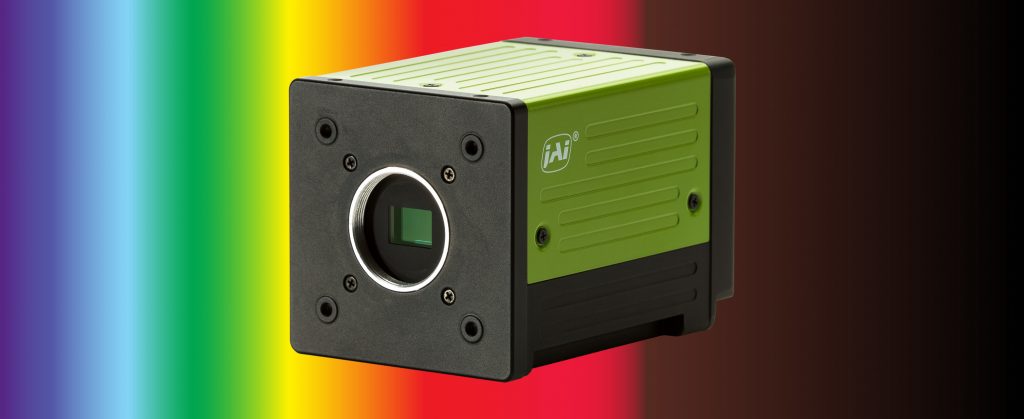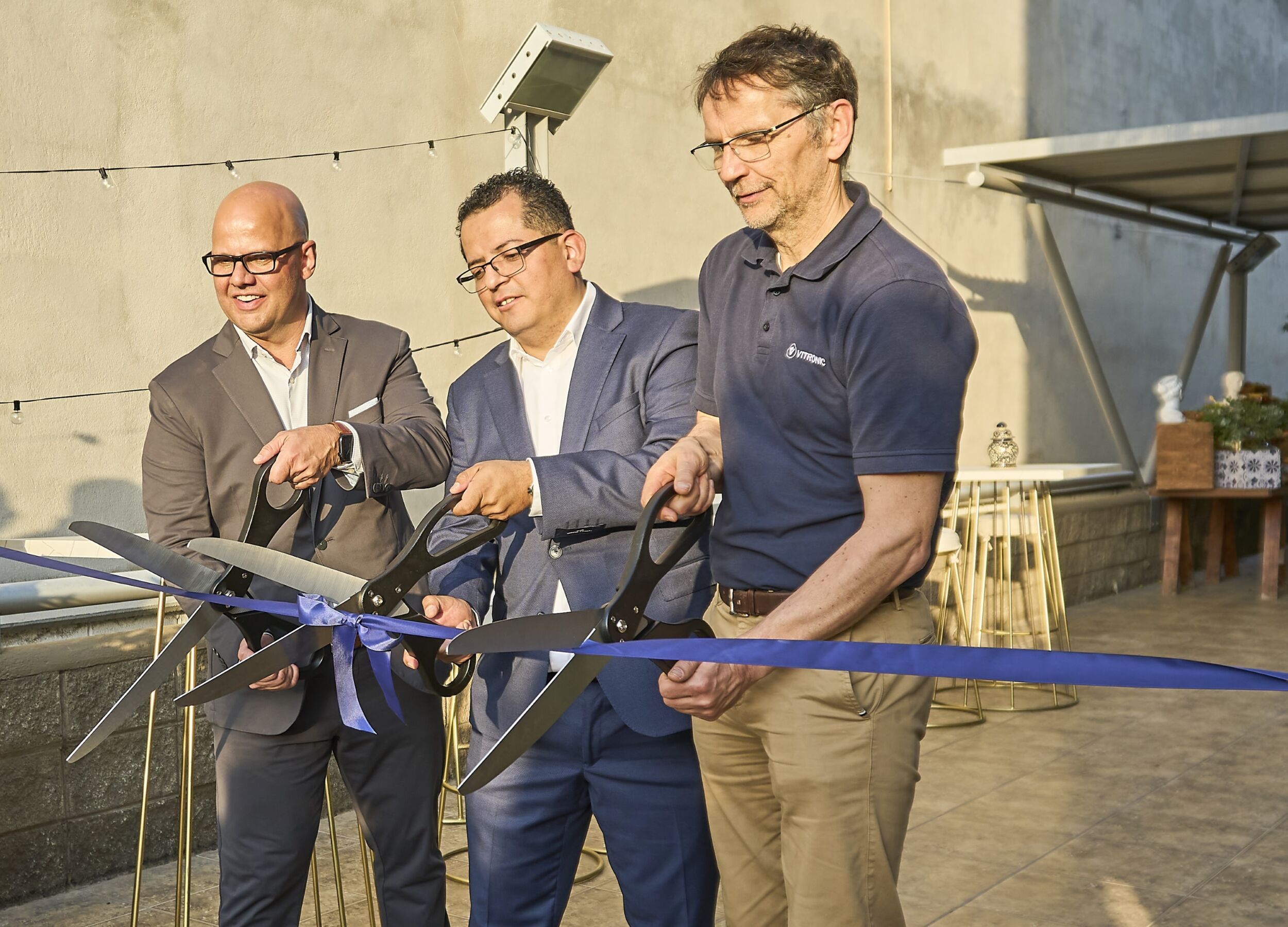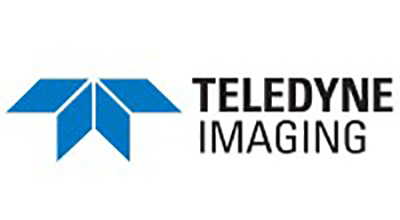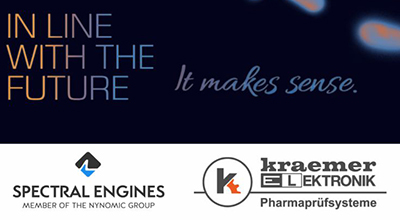Customized multispectral area scan cameras
Flex-Eye is a new camera concept giving vision system designers the ability to customize the size and location of wavebands in JAI’s Fusion Series 2-CMOS and 3-CMOS prism-based multispectral cameras.

Figure 1 | Using Flex-Eye, vision system designers will be able to customize the spectral locations and widths of the individual wavebands if the default wavebands of JAI’s Fusion Series standard models do not quite fit their specific requirements. (Bild: JAI A/S)
By combining the customization process with the existing Fusion series prism-based cameras, vision system designers can now tailor make a multispectral camera that looks at specific visible and NIR waveband ranges to meet the exact requirements of their vision applications. Using Flex-Eye, vision system designers will be able to customize the spectral locations and widths of the individual wavebands if the default wavebands of the Fusion camera standard models do not quite fit their specific requirements. This new approach will make vision inspection tasks or other multispectral imaging applications more efficient because a 2-CMOS or 3-CMOS camera fine-tuned to look at targeted wavebands (designed for a particular application) can reveal new imaging information that otherwise can be hidden.
Large number of combinations
The Fusion series Flex-Eye cameras offers a large number of different customization combinations for multispectral imaging applications, where new waveband combinations can lead to new or improved capabilities. The Flex-Eye cameras share the same performance capabilities of the standard Fusion series models. The standard models are prism-Based multispectral area scan cameras equipped with two or three Sony Pregius CMOS sensors offering either 1.6 or 3.2MP of resolution and a set of predefined wavebands – one that spans the entire visible spectrum (400 to 700nm) and one or two additional wavebands located in the NIR region (700 to 1000nm). A dichroic prism divides the incoming light to the separate sensors while maintaining a common optical path. This affords simultaneous capture of all wavebands with high frame rates and perfect pixel-to-pixel alignment. Depending on the user’s requirements, the two or three user-specified wavebands can all be located within the visible spectrum or can be placed at multiple locations across the 400 to 1000nm range. Models equipped with three 3.2MP sensors can run at up to 107fps at full resolution while cameras with two 3.2MP sensors can deliver up to 123fps. For models with three 1.6MP sensors, the maximum rate at full resolution is 213fps and with two 1.6MP sensors it’s 226fps.












